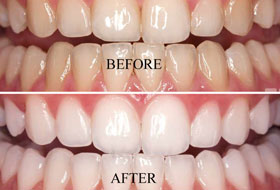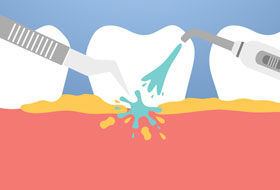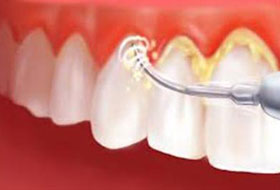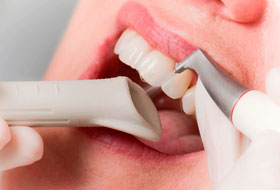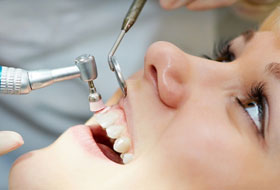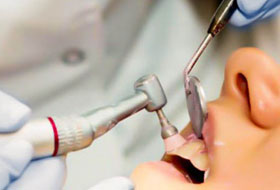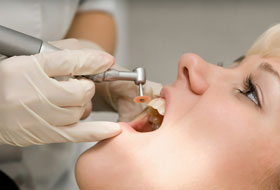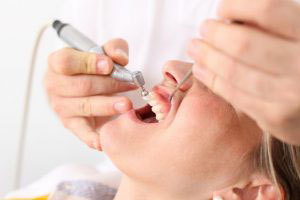Treatment for Bleeding Gums
Gum disease usually isn't painful, so many people don't know they have it until it advances. Being aware of the symptoms can help you catch gum disease early -- and possibly reverse it through gum disease treatment. Bleeding is often one of the first signs there's a problem with your gums. Bleeding that's accompanied by red, swollen gums, tenderness, bad breath or tooth sensitivity are symptoms of gingivitis, an early stage of gum disease. Bleeding accompanied by receding gums is also a common symptom of gum disease.
Causes of Bleeding Gums
Rarely, bleeding gums may be a symptom of other problems pertaining to your mouth or body. While bleeding gums are usually a good signal that you have gum disease, causes of bleeding gums can also result from:
Laser Treatment
In periodontal laser therapy, the provider uses a dental laser to access and remove the inflamed gum tissue from around the root of the tooth. When the infected tissue is removed and the root is exposed, the root scaling begins. This involves scraping off the calculus and plaque built up below the gumline and around the root. The dentist then smooth the root with instruments to remove any rough spots that might attract bacteria and cause future infections. The area between the gum and the root can then regenerate during the healing process.
Benefits
There are ample benefits to using lasers for excising diseased gum tissue:
Flap Surgery
It’s a surgical procedure used to treat advanced periodontitis that cannot be treated with anti biotics or by scaling and planing.
In advanced periodontis, the bones, gums and tissues that support are attacked by infection and are gradually destroyed. Flap procedure involves the cleaning of the roots of the teeth and methods such as bone grafts, soft tissue grafts or Guided tissue regeneration to repair the damaged tissues and bones.
Bone Grafting
Bone grafting is a safe and highly successful procedure that involves the “building up” or adding bone to the jaw by using your own natural bone from another location and/or by using donor, processed or synthetic bone materials. Often the new bone can be obtained from inside the mouth.
Your implants will be placed after the grafted bone has fused or become a strong, integrated part of the existing bone. The amount of time the integration takes varies depending on the location of the graft and the density of the bone. It may take three or more months.
Scalling
The professional cleaning of teeth is called oral prophylaxis and is carried out in two phases – Scaling and Polishing . This treatment protects the gums from infectious diseases that could lead to loss of teeth. Scaling removes plaque, tartar and stains that cannot be removed by regular brushing from the exposed and un exposed surfaces of the teeth. Polishing makes the surfaces of the teeth smooth. This treatment results in clean and smooth teeth.
At SACHIN DENTAL CLINIC, we use the latest generation Ultrasonic Scalers that use advanced technology in the state of the art control module to reduce sensitivity after scaling. We use only filtered clean water for scaling procedure.
